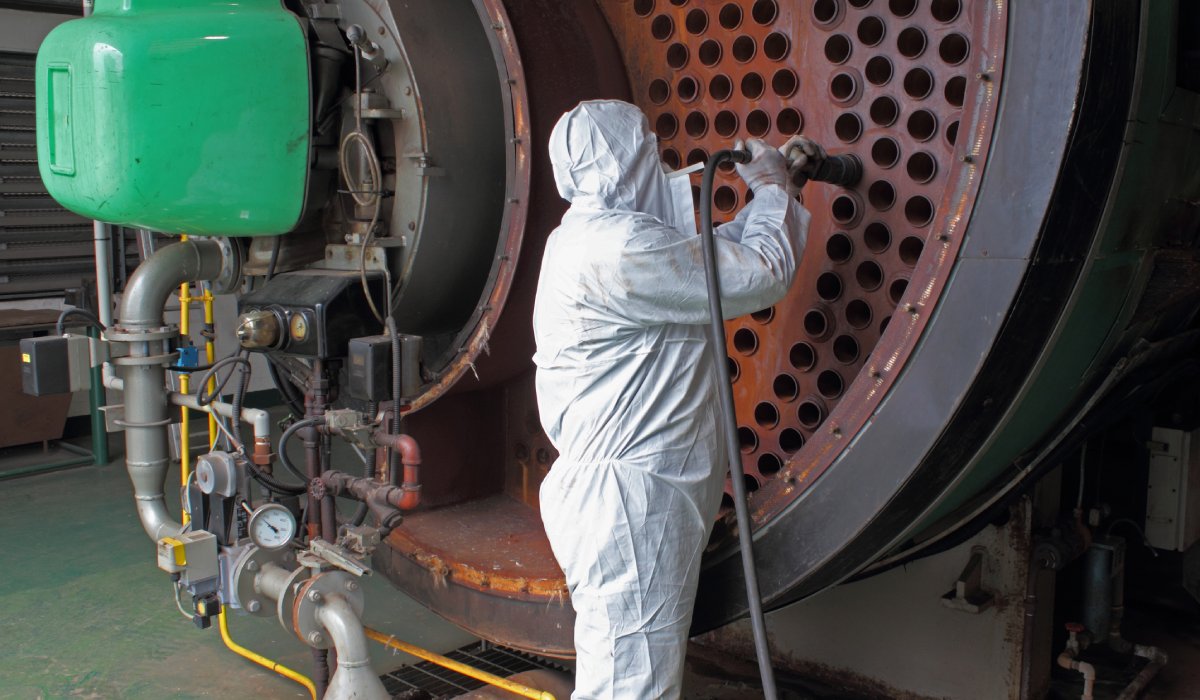Manufacturing environments face mounting pressure to deliver results while maintaining safety standards and controlling costs. A well-organized industrial space isn’t just about keeping things tidy—it’s a strategic advantage that directly impacts your bottom line, employee safety, and operational efficiency. Understanding why organization is important for industrial spaces can help businesses improve their current setup and optimize their business practices.
Disorganized industrial spaces create cascading problems throughout your operation. When tools, materials, and equipment lack designated locations, workers waste valuable time searching for what they need. This seemingly minor inefficiency compounds quickly across shifts and departments.
Workbenches are a serious place where disorganization can occur. Keeping industrial workbenches organized can help the facility run more efficiently and maintain an inventory of tools that are needed each workday.
Consider the impact on maintenance schedules. Equipment scattered without proper organization makes routine inspections more difficult and time-consuming. Maintenance teams spend more time locating assets than actually servicing them, leading to delayed repairs and unexpected downtime.
An effective organization can transform operations by eliminating unnecessary movement and decision-making. When every item has a designated place, workers can focus on productive tasks rather than hunting for materials or tools.
Implement zone-based organization aligned with your production flow. Place frequently used items within easy reach of work stations, while positioning occasional-use materials in accessible but secondary locations. This approach reduces travel time and maintains focus on core production activities.
Keeping industrial spaces organized enables better inventory management, which directly impacts the budget’s performance. When materials are properly categorized and located, you gain real-time visibility into stock levels and usage patterns.
Overstocking becomes less common when you can easily assess current inventory. Similarly, stockouts decrease when organized systems provide clear visual indicators of low supplies. With an improved inventory system, businesses can reduce carrying costs and ensure production continuity.
Managers should start implementing organization strategies in high-impact areas where disorganization creates the most problems. Focus initial efforts on workstations, tool storage, and material handling areas that directly affect daily production activities.
Engaging the team in the organization process helps them learn the optimal arrangements and ensures they can help maintain the new system. Implement maintenance protocols to keep spaces organized over time. Without consistent maintenance, even well-designed systems gradually deteriorate.
Organization is an important component of industrial spaces that businesses should maintain for optimal efficiency and safety. Operations managers who prioritize systematic organization create foundations for continuous improvement initiatives and long-term operational success. Focusing on these systems can support production processes while maintaining space for future growth and changes.









